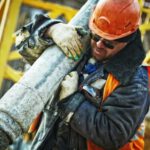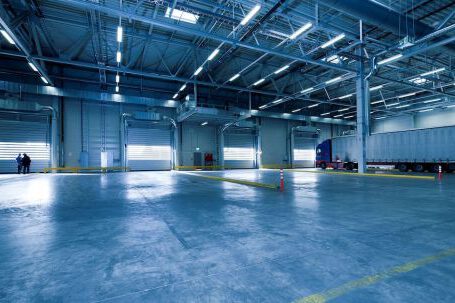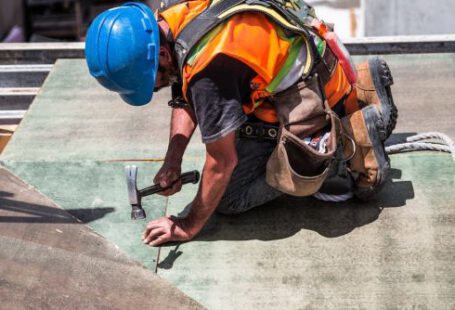The use of advanced lifting equipment has revolutionized the way businesses move materials and other items around the workplace. Not only does it make the job easier and more efficient, but it also reduces the risk of worker injuries. In this article, we will explore the power of advanced lifting equipment and how it can be used to increase safety and productivity.
Benefits of Advanced Lifting Equipment
Advanced lifting equipment has a variety of benefits, both in terms of safety and efficiency. First, the use of such equipment helps reduce the risk of injury to workers, as it eliminates the need for manual lifting. This can help reduce the number of workplace injuries and the associated costs. Second, it can help increase efficiency, as it allows for the movement of items in a much shorter time frame. Finally, it can help reduce costs, as the use of such equipment is often much more cost-effective than manual labor.
Types of Advanced Lifting Equipment
There are several types of advanced lifting equipment available on the market today. These include cranes, jibs, forklifts, aerial lifts, and electric hoists. Each type of equipment has its own specific use and benefits, making it essential to understand which type of equipment is best suited for the job at hand.
Crane systems are typically used for larger, heavier loads and are designed to lift and move items from one place to another. Jibs are used for smaller items and are more suited for light-duty lifting. Forklifts are used for transporting items, such as pallets, and are often used in warehouses and other industrial settings. Aerial lifts are used for tasks that require access to items at a higher elevation, such as cleaning windows or painting walls. Finally, electric hoists are used for lifting and moving items with a motorized winch.
Safety and Training
It is important to note that the use of any advanced lifting equipment requires proper safety training and supervision. All operators should be trained in the proper use of the equipment, and safety standards must be strictly adhered to in order to ensure the safety of all personnel. In addition, operators should be familiar with the proper procedures for inspecting and maintaining the equipment.
Conclusion
Advanced lifting equipment is an invaluable tool for businesses that need to move materials and other items in an efficient and safe manner. Not only does it reduce the risk of worker injury, but it also increases efficiency and can help reduce costs. It is important to understand the different types of equipment available and to ensure that all personnel are properly trained and supervised when using such equipment. With the proper use of advanced lifting equipment, businesses can maximize the productivity and safety of their operations.






